Back To School – Part 2 Posted by Geoff on Mar 7, 2019 in Culture
What better place to witness the veracity of the Italian saying ‘tutto il mondo è paese‘ than in a primary school?
Tutto il mondo è paese (literally ‘the whole world is a village’) means: wherever you go people are fundamentally the same. The children that I have the privilege of working with in una scuola elementare vicino a Pontremoli (an elementary/primary school near Pontremoli) share the same basic interests, enthusiasms, fascinations and trepidations as those with whom I worked in the UK. At this age they are still relatively free of the cultural conditioning and biases that often divide us as adults. And instead of xenophobia we find curiosity, that essential ingredient that leads us to explore and understand our differences rather than seeing them as a threat.
Il Progetto – The Project
The project that I’m currently working on, Il Cantiere del Leggere (The Reading Workshop) uses books as a starting point for further creative activity. Planning together with the teachers, we hit on il tema (the theme) of il ciclo dell’acqua (the water cycle). Geographically speaking, here in Lunigiana we couldn’t be better placed to give this project some real tangible meaning. Rising up behind the village where la scuola is located is the monumental wall of l’Appenino Tosco-Emiliano mountain range. The snow and rain that falls on these mountains finds its way down to la Val di Magra (the river Magra valley) where it continues its journey to il mare Mediterraneo roughly 40 kilometres to the south.
As resources are scant in the school, I decide to work with materials that are economic, natural, and easy to get hold of: la creta (clay), il legno (wood), la carta (paper), la tempera (tempera paint).
Il Programma – The Program
La scuola elementare è divisa in cinque classi (The elementary school is divided into five classes): la prima elementare, la seconda elementare, la terza elementare, la quarta elementare, e la quinta elementare. We decide to use la creta with classes 1 and 2, paper with class 3, and for classes 4 and 5 I devise a printing project which makes me a bit nervous, but hey, chi non risica non rosica! (no pain no gain!)
Lavorando con la prima elementare – Working with class 1
When I arrive at the school for the first workshop I’m a little on the nervous side. I haven’t worked in a school for about 12 years, and I’ve never taught in Italian before! But I’m soon put a mio agio (at my ease) by a small crowd of smiling, super enthusiastic 6 and 7 year old.
I say good morning in both Italian and English then write my name on the blackboard. Now here’s an interesting occurrence that serves to highlight the difference between English and Italian. We all know what a struggle it is to make sense of English spelling with its strange and convoluted phonetic ‘rules’. Well, the Italian alphabet is so easy to learn that when I write GEOFF on la lavagna (the blackboard) even the youngest children are trying to pronounce it: JAYOFF, they say, which is the exact Italian pronunciation of that sequence of letters. They insist that Geoff should be spelt JEFF. Well yes, I explain, Jeff is another way to spell it, but English spelling is very … complicated … ?
The next exciting event is i grembiuli (the aprons). Even though children throughout scuola elementare wear a type of coverall pinafore here in Italy, we’ve asked them to bring an apron from home … just in case!
Ecco il mio! (here’s mine!)
E’ bello! (it’s beautiful!)
Ti piace il mio? (do you like mine?)
Mi puoi aiutare? (can you help me?)
Having admired our aprons, we speak for a short while about Il Fantastico Viaggio Del Signor Acqua, a book about the water cycle which they’ve been studying together in class.
On a long wooden table, I’ve created a simple ‘landscape’ depicting le montagne (the mountains – actually some cardboard cones from Serena’s wool), and la pianura (the plain – made of brown wrapping paper) with un fiume (a river – blue paper) flowing towards il mare (the sea). The task I set the children is to populate this landscape with everything that depends on the water cycle: le piante, i pesci, gli animali, le case, le persone e così via (plants, fish, animals, houses, people and so on). As this is the first time that they’ve worked with la creta, I give a quick ‘technical’ demonstration of how it can be used to make whatever we need for our landscape.
E poi … andiamo a lavorare! – And then … let’s get to work!
E loro mi chiedono:
Geoff, come si scrive ponte in inglese?
….. come si scrive casa in inglese?
….. come si dice pesce in inglese?
E io gli dico: “Allora, facciamo delle etichette in inglese, va bene?”
E loro: “Sì, sì, sì!” …..
A couple of days later I work with la seconda elementare to continue our project. This time we create il mare, la spiaggia e due splendide navi da crociera (the sea, the beach and two splendid cruise liners).
… and I haven’t even told you about my adventures with la terza, la quarta e la quinta!
Should I write a part three? Let me know.

Build vocabulary, practice pronunciation, and more with Transparent Language Online. Available anytime, anywhere, on any device.



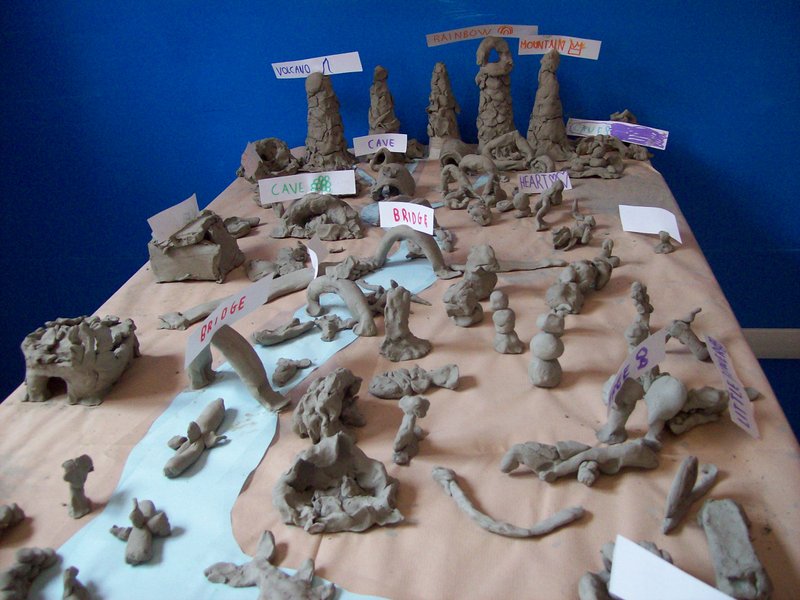
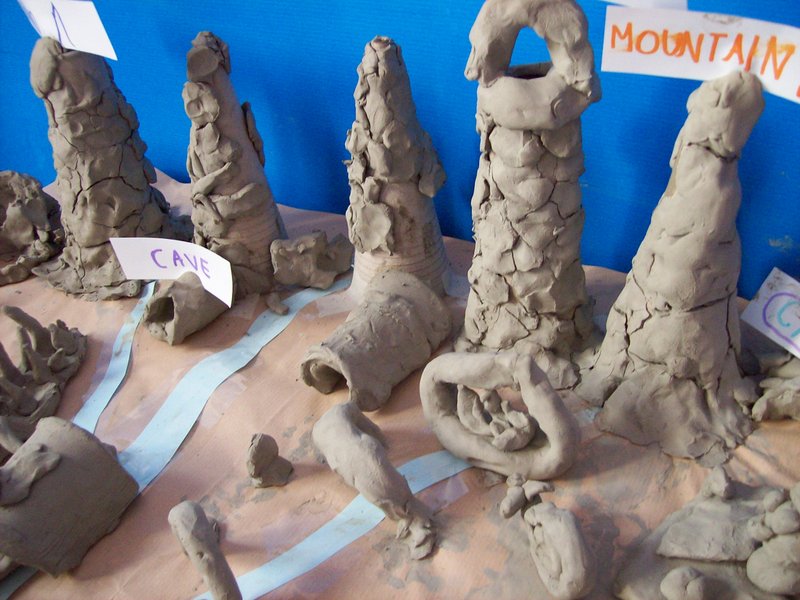
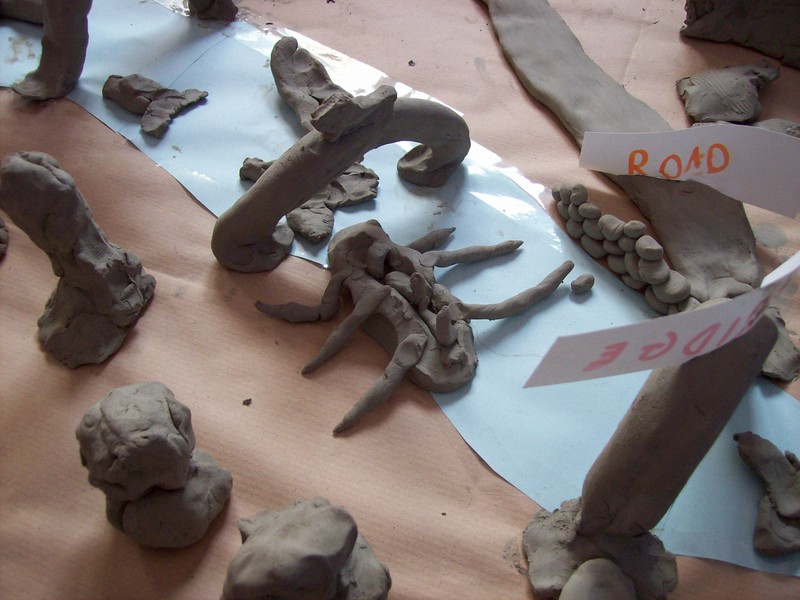
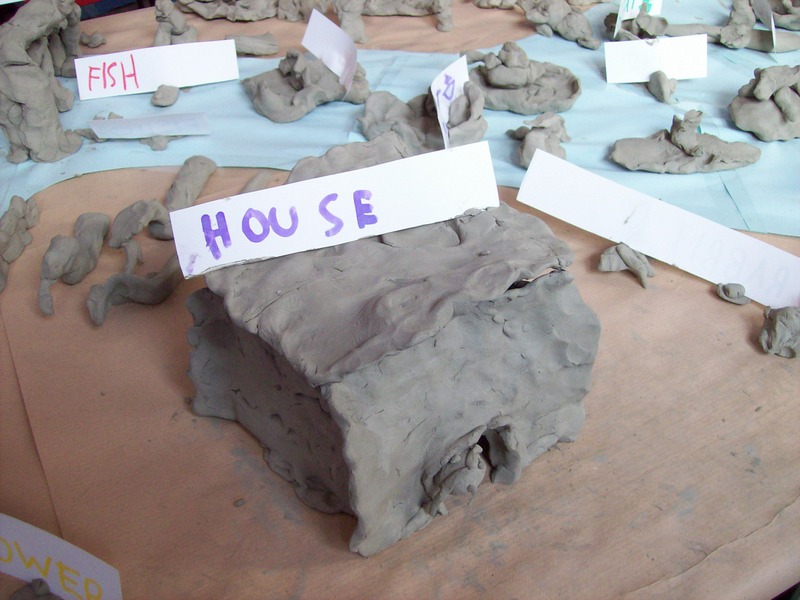
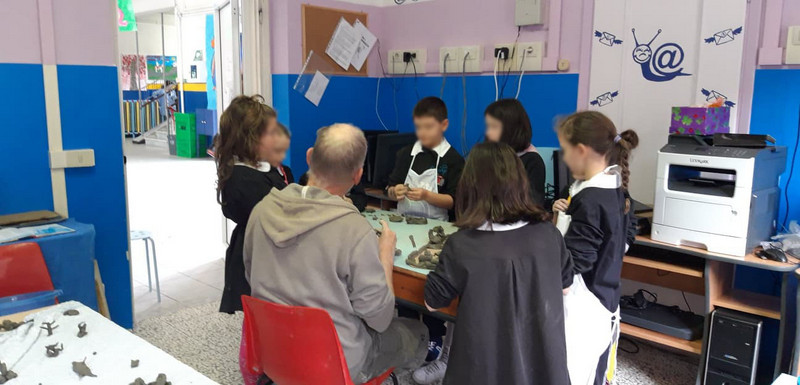
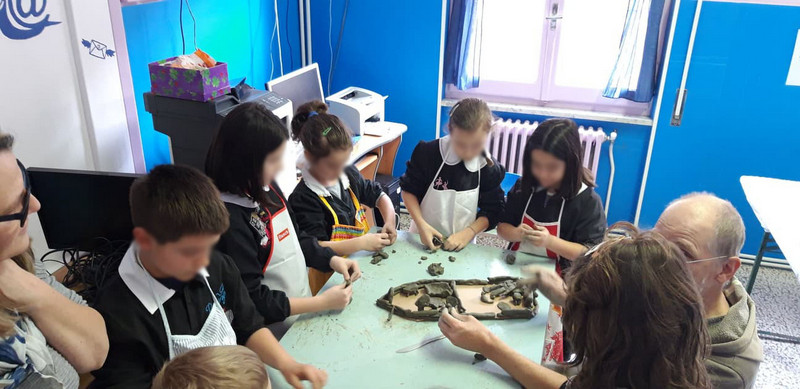
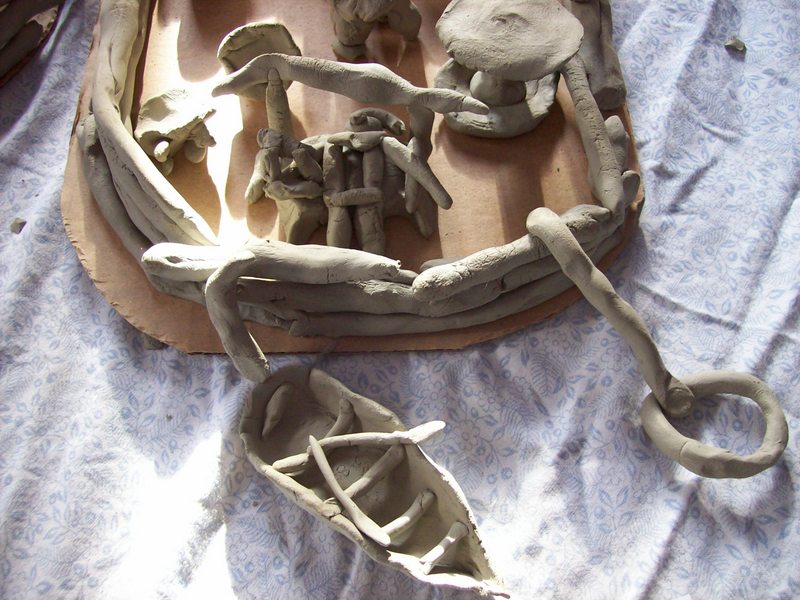
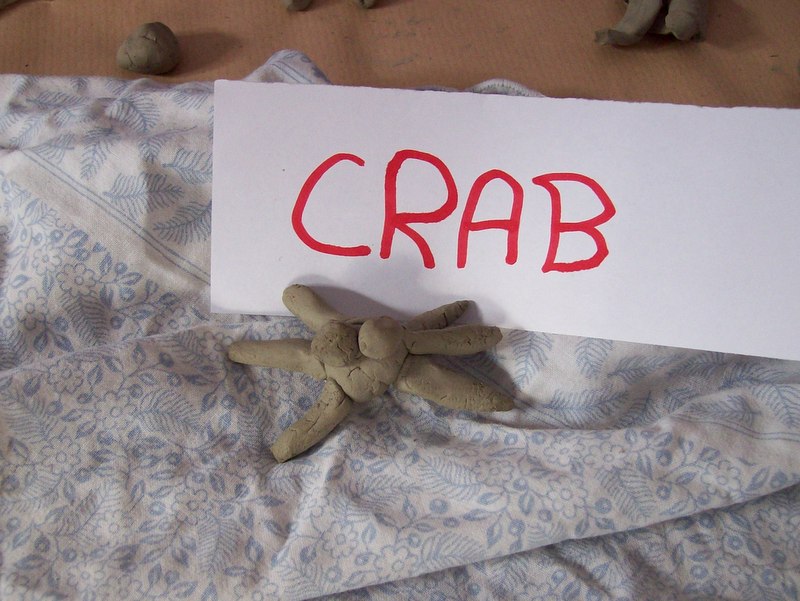
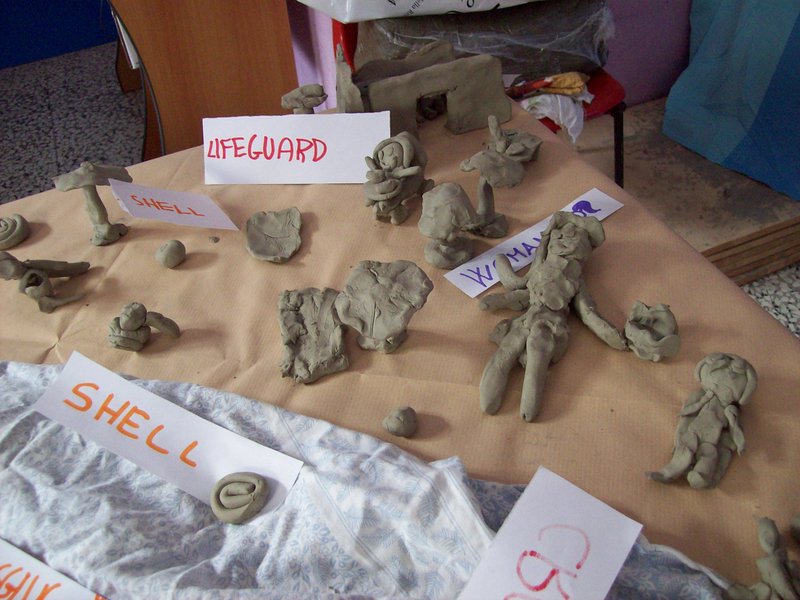

Comments:
Jim:
Of course. Self retired teacher. Lovely to share your experience.
Helene williams:
@Jim Of course you must continue with the 3rd part. If you don’t we will all be disappointed. I can see the children enjoying the projects by their exhibits. I look forward to seeing the next edition.
Jacqui:
@Jim My phone objects to typing in Italian. Hence I bambino when I entered i bambini. Anyone know a way round it without checking every word?
Lynn:
@Jacqui With my ASUS Android, I go to Settings, scroll down to Languages, and choose “Add Language.” When I’m using the keyboard on the phone, there’s a button on the bottom on the left that says “En.” If I tap on that, it changes the language I’m using to “It”.
June:
Si`, e` molto interessante…e adesso gli studenti sanno un po’ d’ inglese.
Mike Nicolucci:
Salve Geoff!
Assolutamente Sì, mi piace molto questa serie.
Salutami Serena
A presto,
Mike
Simona:
@Mike Nicolucci È un piacere collaborare con te e Serena….è come ritornare bambini…e ritrovare il mio mondo fanciullesco…♡
Geoff:
@Simona Grazie Simona. Ritornare bambini è molto importante, vero?
Ci vediamo presto! 🙂
John:
Of course, you’re a natural!
As a beginner, this is just my level…
Looking forward to la prossima puntata.
John
Jane:
Sì, assolutamente sì! Non vedo l’ora!
rukmini nini:
exceptional work.
Jan Mackay:
Di piu per favore! ?
Anne Fortis:
Si, certo, Geoff, mi piace molto le storie
Julie Taylor:
assolutamente sì! ?
Julie
Jacqui:
Come sei bravo Geoff! I bambini sono fortunati
Geoff:
@Jacqui Ciao Jacqui, I’ve made the correction for you. Thanks for the nice comment! 🙂